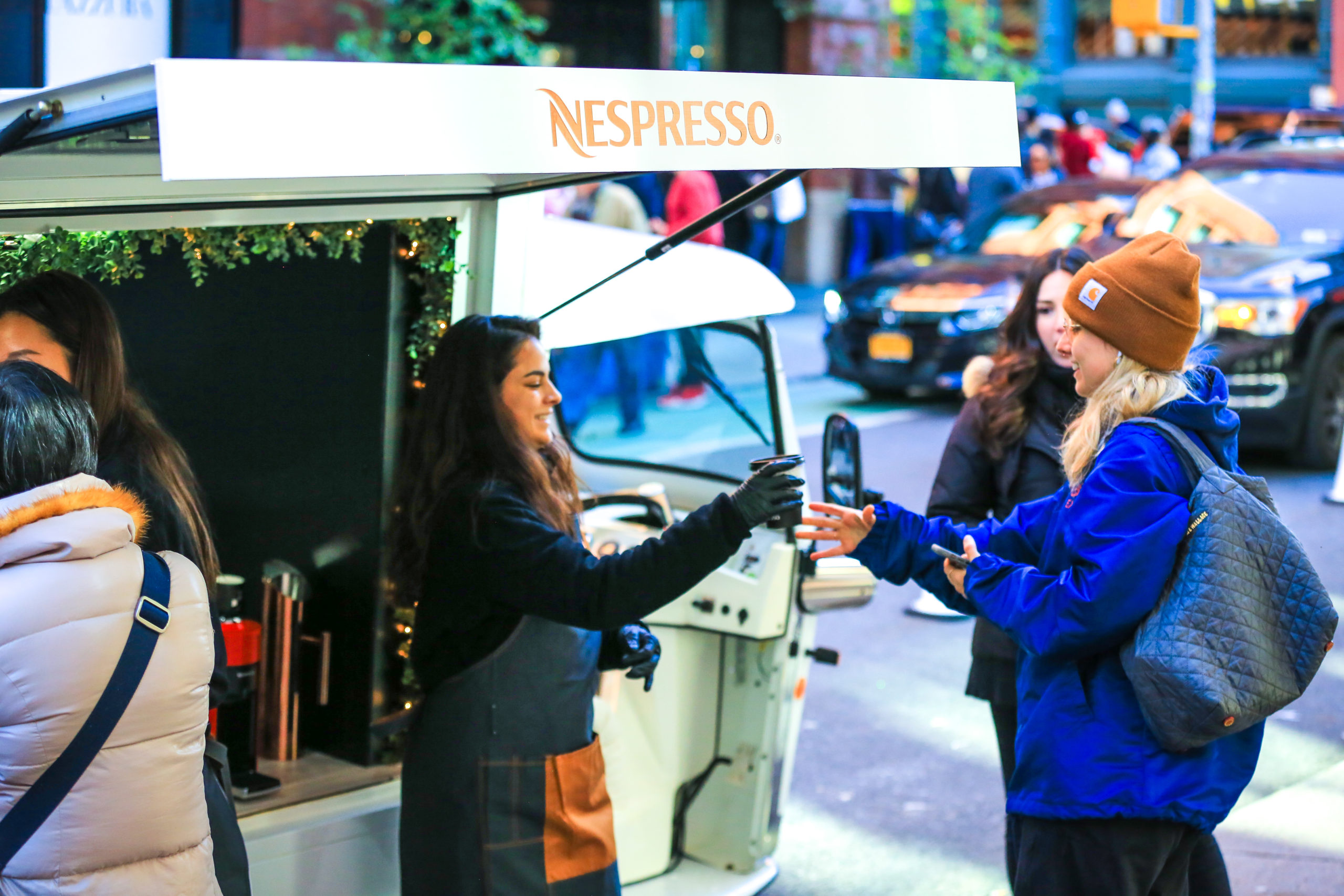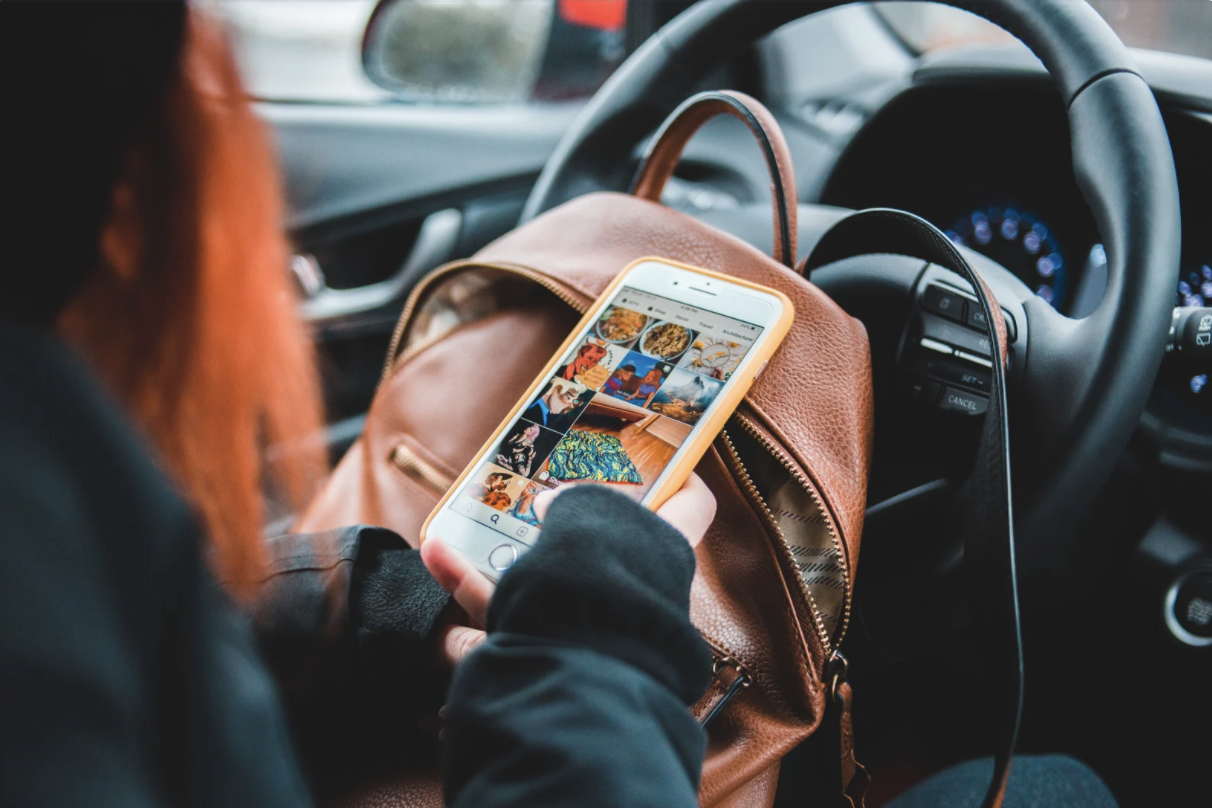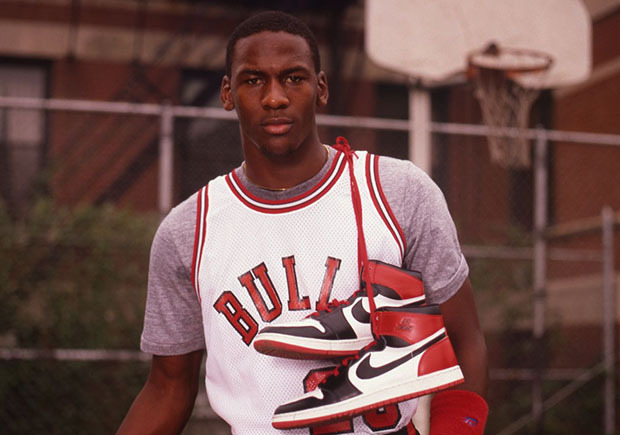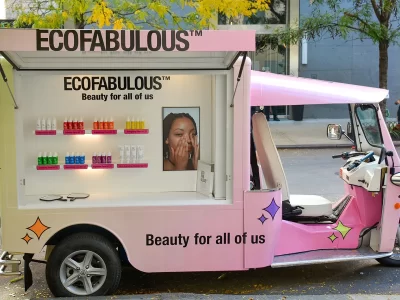
Engagement on Wheels: How Brands Use Experiential Vehicles to Create Buzz
In a crowded digital-first marketing world, standing out means stepping off the screen and into real life. That’s why experiential vehicles have become a go-to
The pandemic has ushered in a new age of experiential with influencer marketing. At the crossroads of tech and social media, influencer marketing has brought branding relationships directly to consumers, no matter where they are.
With so many people spending more time on their smartphones and tablets, as they work from home and limit outdoor social activities, influencers are organically engaging tens of millions around the world everyday.
So, how can brands tap into this social media marketing shift and use influencers to execute successful experiential marketing campaigns? Check out these best practices, trends to watch, and examples of successful influencer marketing.

Influencer marketing is a type of marketing that focuses on endorsements, product placements, and/or partnerships with key leaders who have a large and engaged audience that brands can tap into to build visibility, credibility, and even sales. In fact, 93% of marketers currently practice some form of influencer marketing.
While technically in practice as early as the 18th century, it wasn’t until the 1930s when the idea of influencer marketing began to take shape – first in the form of fictional characters. The most memorable example (still in use today) is Coca Cola’s popularization of Santa Claus. In 1932, at the height of the Great Depression, the beverage company reimagined the image of Old St. Nick to elicit feelings of cheer during what was, arguably, an otherwise miserable time for a majority of Americans.

Fast-forward a few decades to the era of celebrity endorsements. Unlike fictional characters, real people with mass followings were able to convince an even larger segment of the consumer population to buy products they endorsed. Since his signing in 1984, Nike’s partnership with Michael Jordan helped turn the once scrappy footwear company into one of the largest, most valuable consumer brands in the world, while transforming the basketball legend into a global cultural icon (and netting him an estimated $1.3 billion in the process).
However, by the early 2000s, the weight of traditional celebrity endorsements became less effective as consumers looked to influencers who were more accessible and relatable. Thanks to social media, influencer marketing as we know it today was born. From Facebook and Twitter, to Instagram and YouTube, the phenomenon of “regular” people who’ve accumulated millions of followers and billions of views with highly engaging content has led to brands leveraging that influence, trust, and authority to expand their own reach.

Especially if you’re not social media savvy, navigating the world of influencer marketing can be challenging. Let’s take a look at some best practices that’ll help your brand launch a successful campaign.
Whether building awareness, attracting a new target audience, or facilitating sales, investing the necessary resources to properly test and measure your influencer campaign as a viable channel is crucial to its success.
Expand your search beyond Instagram and Facebook and check out other platforms like Snapchat and Pinterest. The idea is to go where your target audience is active and capitalize on the influencers who are there with them.
No two influencers are cut from the same cloth. Making sure you partner with creators whose content and values are aligned with yours allows them to speak to your brand in an authentic way.
While it makes sense to want to retain control, it’s important to give your influencer creative freedom. They’ve spent years cultivating their loyal following and understand the type of content that’ll attract them. Allowing them the flexibility to craft the right message will turn into successful conversions for your brand.
From sales and website traffic, to awareness and generating content, if you’ve put in the effort to create an influencer marketing campaign, it’ll be a waste of everyone’s time if you don’t review its performance throughout.
By 2022, the influencer marketing industry is set to nearly double to over $15 billion. As the landscape continues to evolve, it’s important to stay on top of these influencer trends to ensure your brand is getting the most out of its partnerships.
While micro-influencers may not have the celebrity-type status of macro-influencers, they tend to have more personal relationships with their followers. Swedish watch company Daniel Wellington’s mix of both macro and micro-influencers has helped turn their brand into a booming $230 million global business.
Utilizing experiential marketing’s most prized commodity: storytelling, video makes perfect sense for marketers to reach more people. This past Valentine’s Day, Dunkin’ sought out influencers to build their own DIY version of a bouquet of flowers using their heart-shaped donuts, helping to boost engagement rates and outperform traditional content across its own channels.
Hilton Hotels has long leveraged influencer marketing to attract younger generations. With its Hilton@Play initiative, Hilton opens up live events at its properties using influencers to promote concerts and live streams.

It’s a fact; influencers are here to stay. What’s changed in a short amount of time is how brands take advantage of their impact. Nevertheless, influencers have quickly become increasingly popular for brands to invest in.
As the reach of social media continues to expand, boosting word-of-mouth marketing, influencers can help your brand connect with audiences, enhance awareness, boost conversions, and drive sales. Once you identify the right strategy and develop a solid plan, your brand can tap into the experiential power of influencer marketing.

In a crowded digital-first marketing world, standing out means stepping off the screen and into real life. That’s why experiential vehicles have become a go-to

In an age where digital noise fills our lives, making a meaningful connection with people has never been more vital—or more challenging. From our phones

In a digital age saturated with advertisements, all of us are craving authentic and immersive experiences that engage us on a deeper level. Whether it’s